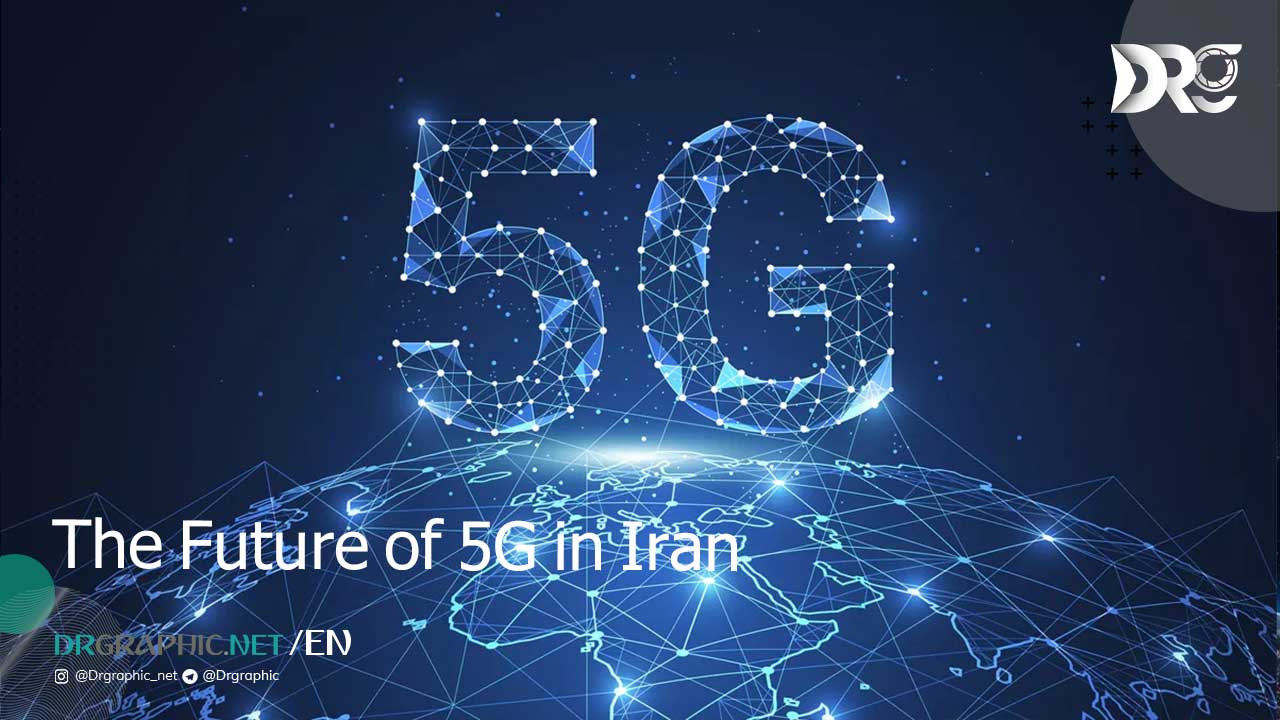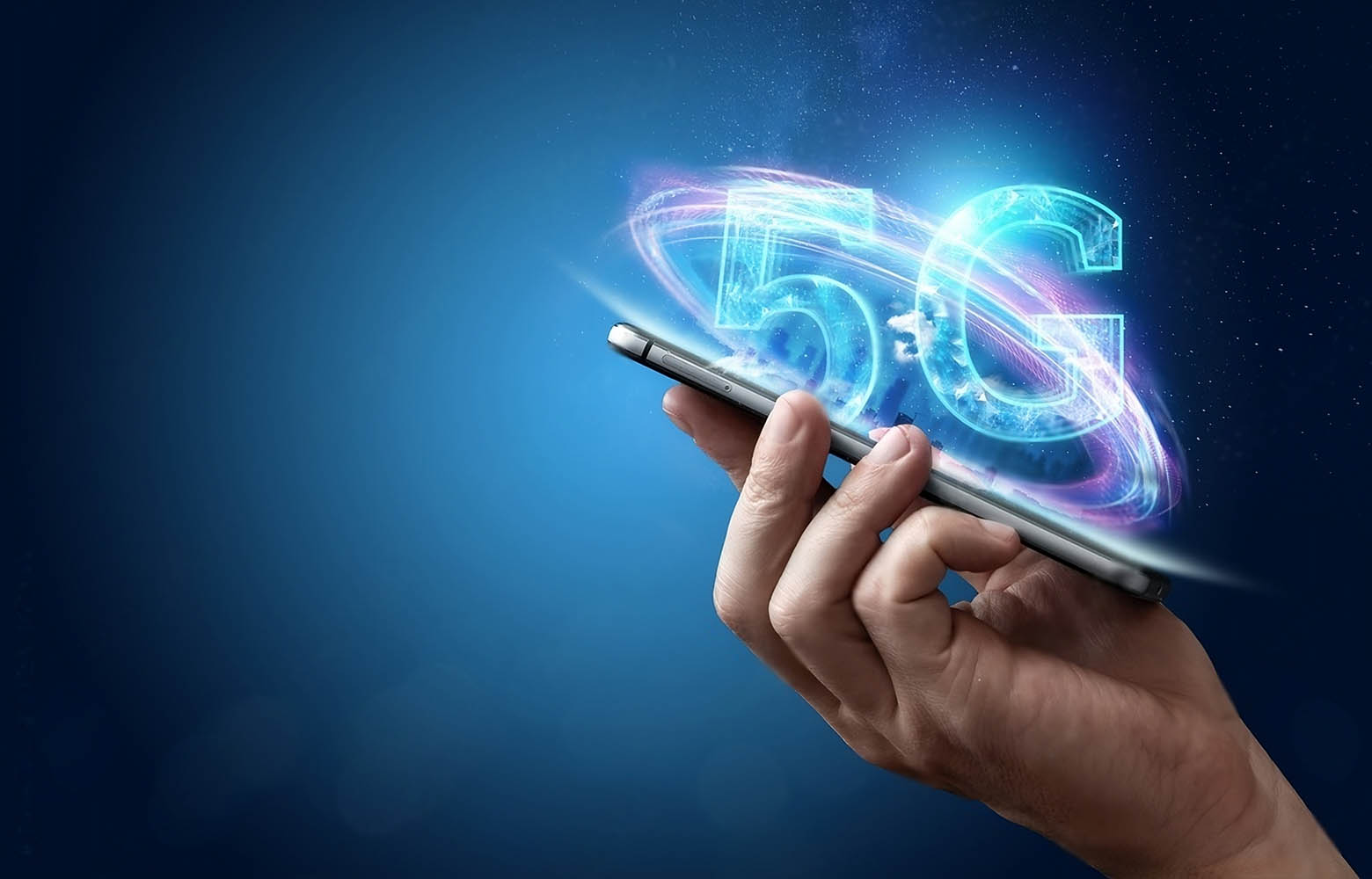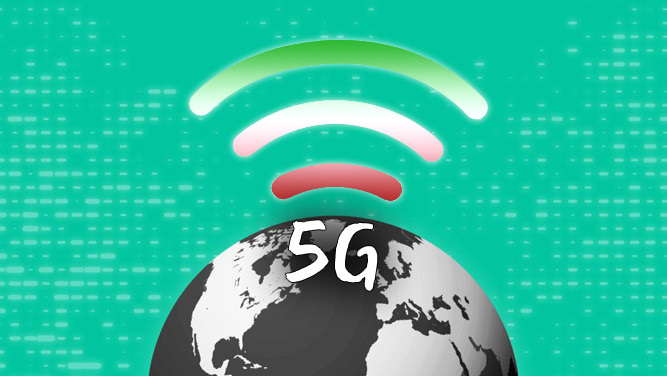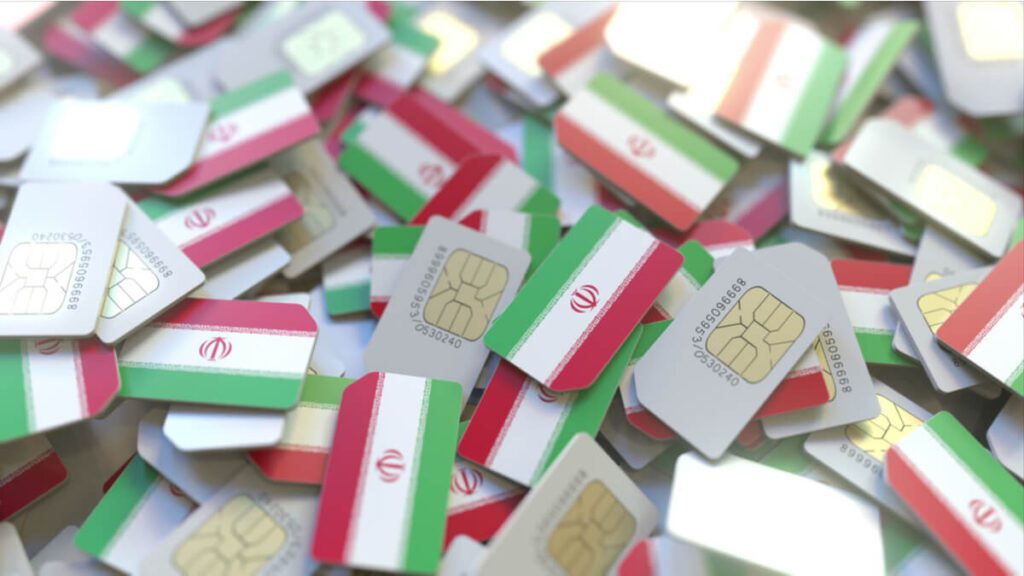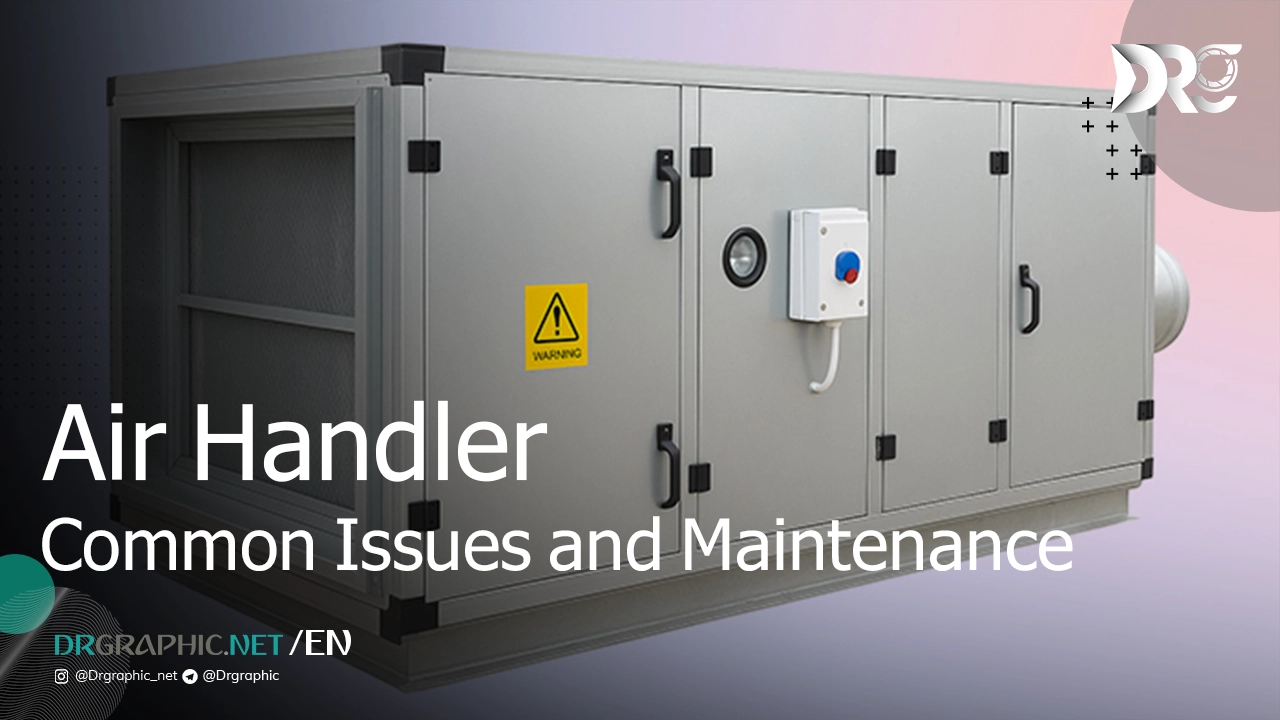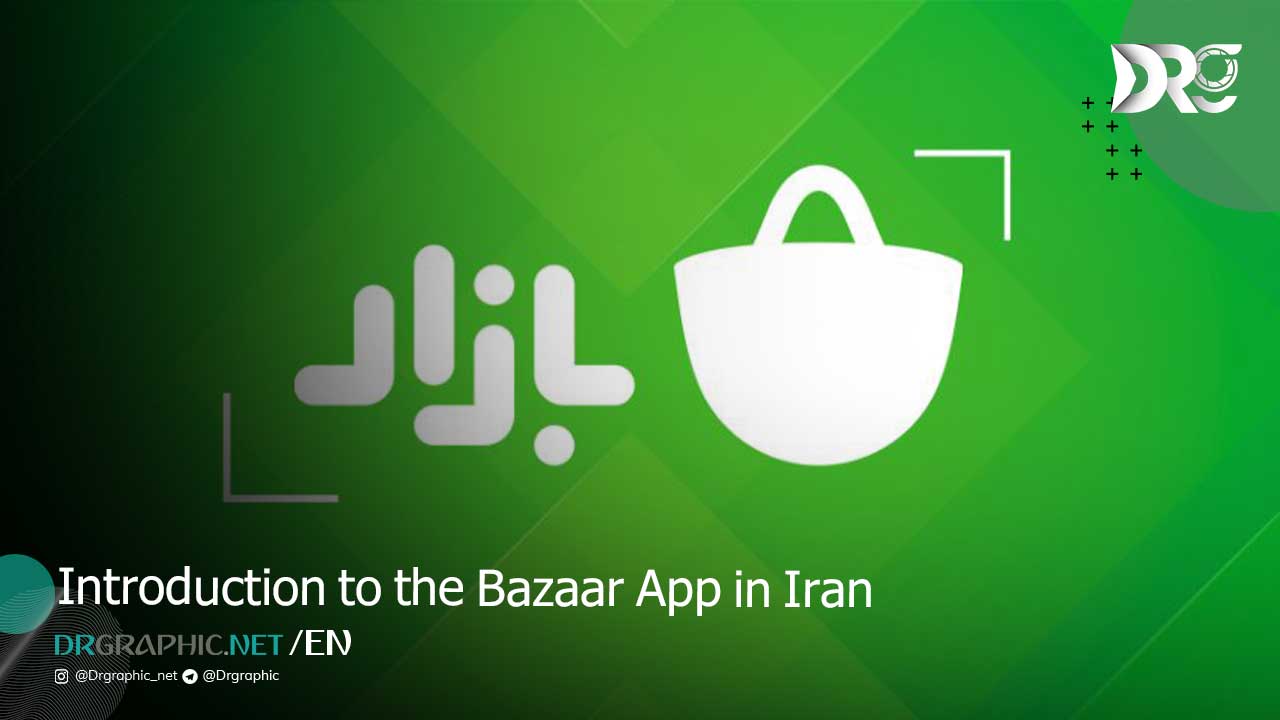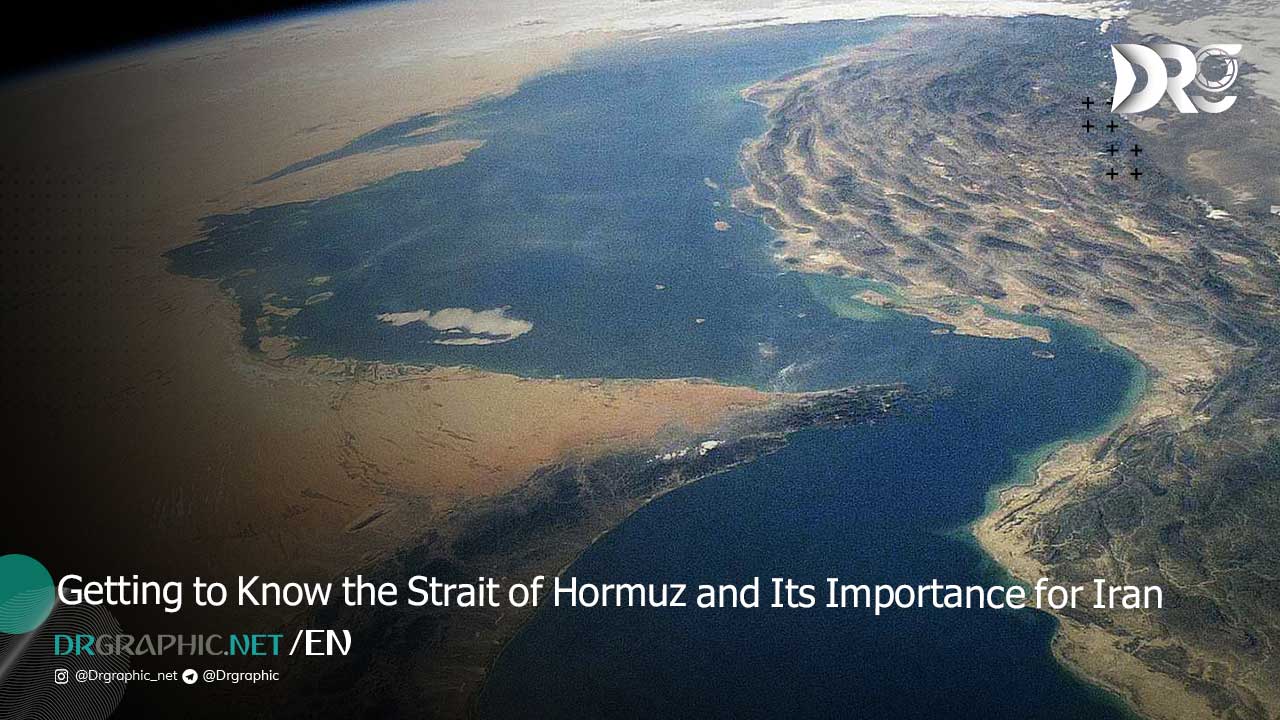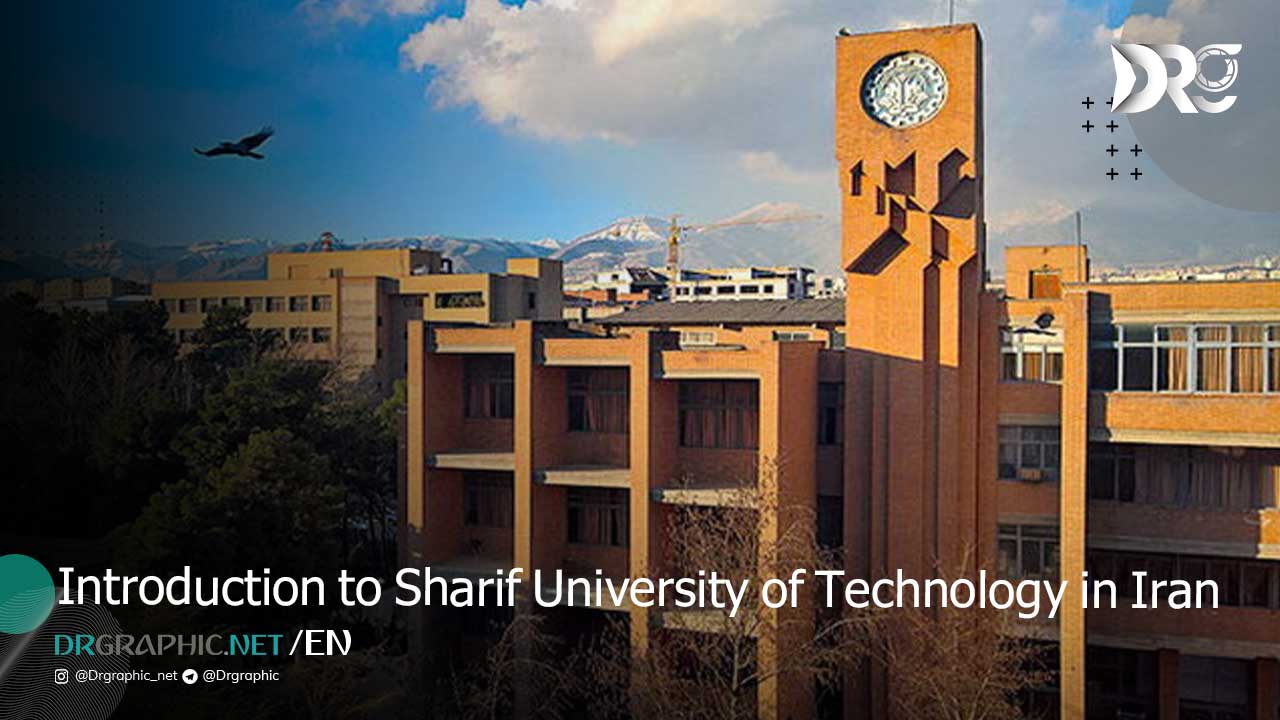The Future of 5G in Iran: Opportunities and Barriers
5G technology represents the next generation of mobile networks, promising to revolutionize industries by offering ultra-fast data speeds, low latency, and the ability to connect billions of devices simultaneously. Globally, countries are investing heavily in 5G infrastructure, seeing it as a crucial factor in economic and technological development. In Iran, the potential of 5G technology is immense, but several challenges need to be addressed before the country can fully leverage its benefits.
As Iran seeks to boost its position in the digital age, 5G offers a unique opportunity to transform various sectors such as healthcare, education, manufacturing, and e-commerce. However, several barriers, including economic sanctions, infrastructure limitations, and regulatory hurdles, threaten to slow the deployment of this transformative technology. Dr.Graphic will explore the opportunities 5G presents for Iran, as well as the key challenges the country faces in implementing it.
Opportunities of 5G in Iran
Economic Growth
One of the primary benefits of 5G in Iran is its potential to drive economic growth. With 5G, industries can operate more efficiently, thanks to faster data speeds and reduced latency. Manufacturing processes, logistics, and other sectors that rely heavily on data can all benefit from 5G technology. For instance, industries like automotive and electronics can leverage the Internet of Things (IoT) to enhance product quality, streamline production lines, and reduce operational costs.
Moreover, 5G can support the rise of new business models and innovation hubs, enabling Iranian entrepreneurs and startups to develop new technologies, products, and services that can be marketed globally. As 5G becomes a catalyst for innovation, it could help diversify the country’s economy beyond its traditional sectors, such as oil and gas.
Advancing Smart Cities
5G will play a vital role in the development of smart cities in Iran. With its high-speed capabilities, 5G can support a wide range of applications in urban planning and management. These include smart traffic systems, real-time monitoring of public services, and improved infrastructure management. For example, 5G-enabled sensors could help optimize traffic flow in busy cities like Tehran, reducing congestion and improving overall mobility.
In addition, 5G technology can facilitate more efficient energy usage in cities. Smart grids, powered by 5G, can help monitor and manage electricity consumption, leading to more sustainable energy use across urban areas.
Enhancing Healthcare
Iran’s healthcare system stands to benefit significantly from the introduction of 5G. Telemedicine, remote consultations, and real-time health monitoring could all be revolutionized by 5G. With its low latency and high bandwidth, 5G allows for high-quality video consultations between doctors and patients, regardless of location. This is especially important for rural areas where access to healthcare professionals is limited.
Additionally, 5G can enable the use of remote surgery, where surgeons can perform complex procedures from a distance using robotic arms controlled via 5G networks. This could be a game-changer for Iran’s healthcare system, helping to bridge the gap in medical expertise and providing timely care to underserved regions.
Education and Innovation
The education sector in Iran can also benefit from 5G. As schools and universities move towards more digital and online learning platforms, the need for high-speed, reliable internet connectivity becomes critical. 5G can facilitate virtual classrooms, allowing students to access high-definition video lessons, participate in interactive simulations, and collaborate with peers worldwide in real time.
Moreover, the introduction of 5G can support research and development efforts, providing Iranian researchers with the tools they need to innovate in fields such as Iran’s growing interest in artificial intelligence (AI), biotechnology, and renewable energy. Access to faster internet speeds will enable the sharing of large datasets, making collaborative research more efficient and impactful.
Boosting E-Commerce and Startups
E-commerce is a rapidly growing sector in Iran, and 5G can further accelerate its growth. With 5G, consumers can enjoy seamless shopping experiences, faster website load times, and secure payment processing. Additionally, businesses can improve customer service with AI-driven chatbots and personalized recommendations based on user behavior, all powered by 5G networks.
Startups in Iran will also benefit from 5G by enabling new business models that rely on fast internet connections. From fintech to healthtech and edtech, Iranian entrepreneurs can create innovative solutions that address local challenges and position themselves in the global market.
Barriers to 5G Deployment in Iran
Sanctions and Limited Access to Technology
One of the biggest challenges Iran faces in implementing 5G technology is the impact of economic sanctions. These sanctions limit Iran’s access to crucial 5G infrastructure and the ability to partner with global tech companies that specialize in 5G technology. Without access to advanced 5G equipment, Iran’s ability to deploy nationwide networks is severely hindered.
Additionally, these sanctions also make it difficult for Iranian telecom companies to acquire the necessary spectrum licenses to operate 5G networks, further delaying the rollout of this technology.
Cost of Implementation
The deployment of 5G infrastructure requires significant investment, particularly in terms of upgrading existing telecom networks and building new 5G towers and base stations. The high cost of these investments is a significant barrier, especially in an economy facing financial constraints. Moreover, the lack of foreign investment due to sanctions makes it even more challenging for Iranian companies to fund such large-scale infrastructure projects.
Regulatory Challenges
Iran’s regulatory environment poses another obstacle to the rollout of 5G. The government will need to allocate the necessary spectrum for 5G networks, but the process can be slow due to bureaucratic inefficiencies. Additionally, existing laws may not fully support the rapid implementation of new technologies, creating uncertainty for telecom companies and investors.
Infrastructure Limitations
While Iran’s telecom infrastructure has made significant strides in recent years, it still lags behind in certain areas. The country’s existing networks may not be able to support the high speeds and bandwidth that 5G requires. As a result, significant upgrades and improvements will be necessary, which could take years to complete.
Furthermore, many rural areas in Iran lack reliable internet infrastructure, which means that 5G networks will need to be deployed in these regions to ensure nationwide coverage. This could further delay the rollout of 5G in the country.
Public Awareness and Adoption
While 5G technology has the potential to bring significant benefits, there is a general lack of public awareness regarding its advantages. Iranians may not fully understand how 5G can enhance their lives, from faster internet speeds to new services and opportunities. To accelerate adoption, there will need to be efforts to educate the public about the benefits of 5G and how it can improve their everyday lives.
Case Studies or Examples
Looking at other countries in the region, such as the UAE and Turkey, Iran can learn valuable lessons in the deployment of 5G. The UAE, for instance, has already launched 5G networks in several cities, positioning itself as a leader in the Middle East when it comes to 5G adoption. Iran can take inspiration from these successes, although it will need to navigate its unique set of challenges, including sanctions.
The Road Ahead
To overcome the barriers to 5G deployment, Iran must take a multi-pronged approach. One possible solution is to seek partnerships with non-Western countries like China and Russia, which are willing to share 5G technology and infrastructure. Additionally, private sector investments, supported by government incentives, will be crucial to funding the necessary infrastructure.
The government must also update regulations to better support the telecom sector and allocate 5G spectrum more efficiently. By creating a more conducive regulatory environment, Iran can accelerate the rollout of 5G and position itself as a leader in the region.
previously on Dr.Graphic:
Conclusion
5G technology holds the potential to transform Iran’s economy, healthcare, education, and many other sectors. Despite the challenges posed by sanctions, high costs, and regulatory issues, Iran has a clear path forward to embrace the opportunities of 5G. By overcoming these barriers, Iran can unlock the full potential of this transformative technology and boost its competitiveness on the global stage.
Resources: Wikipedia_X
How useful was this post?
Click on a star to rate it!
Average rating 0 / 5. Vote count: 0
No votes so far! Be the first to rate this post.

